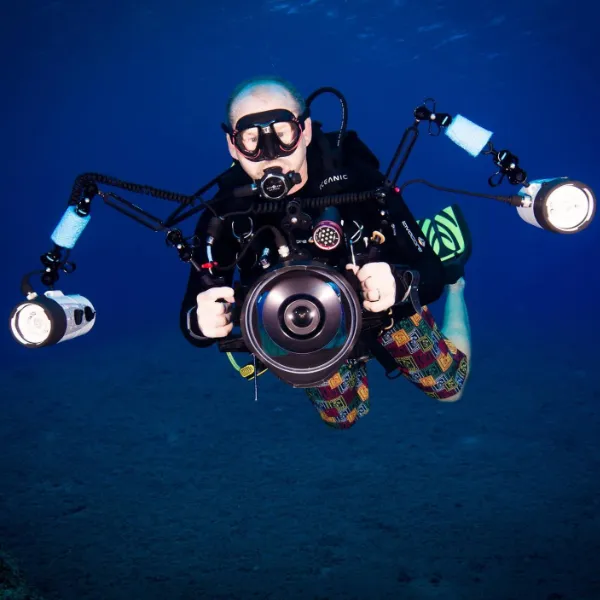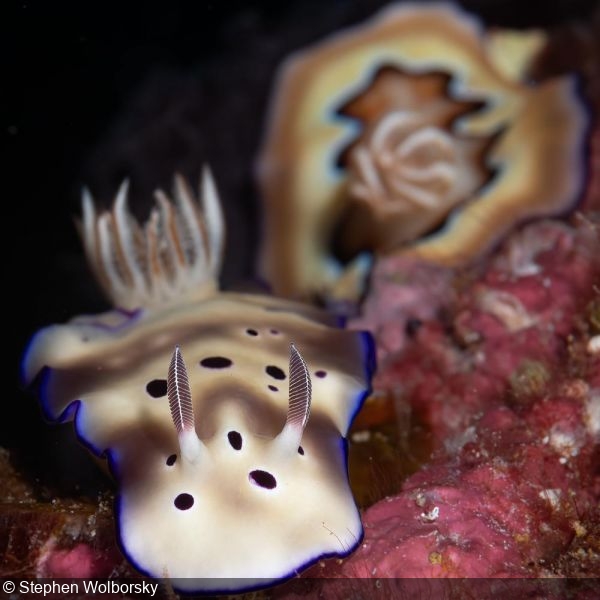Article by Fish 'n Fins and Ocean Hunter guest Stephen Wolborsky
While Palau is famous for thrilling drift dives, gorgeous reefs, and breathtaking big animals at its outer atoll, there is, in fact, another side to it, one less obvious to the casual visitor.
The seed of a macro-centric trip was planted more than a year ago, when Tova Harel, owner of Palau’s Fish ‘n Fins dive shop, told my wife MJ and I that she thought Palau might have great macro photography potential. MJ and I are avid macro/supermacro photographers, and the idea of an exploratory trip there intrigued us—even if it meant missing the wonders of the outer reefs. We live in Guam, and Palau is close by, so if the experiment was a bust it’d be recoverable.
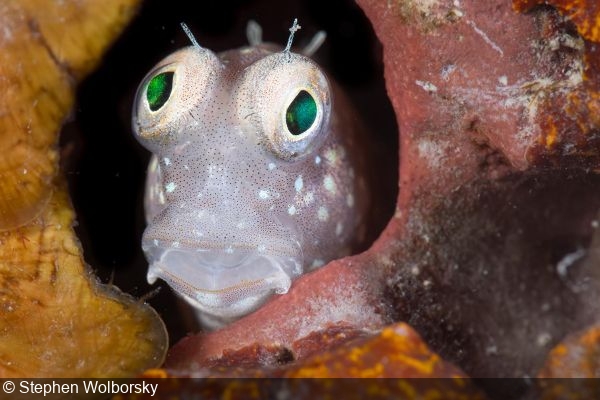
So, substituting the jaw-dropping beauty of the Rock Islands for a muck around the silt, we scheduled our adventure. Before we left Guam, we studied maps of areas in and around the diving base of Koror and conferred with local experts, looking for prospective sites. We checked tide tables and lunar phases to plan dives for the optimal time for macro photography. My initial thoughts revolved around two focal points. First, the area beneath the Japan-Palau Friendship Bridge, a 1,300-feet-plus cable-stay structure that spans the Toachel Inlet and connects the islands of Babeldaob and Koror. It replaced an older bridge that catastrophically collapsed in 1996, and the earlier bridge’s wreckage remains in the water. And second, finding areas with darker sand, hydroids, seagrass, algae, and isolated coral heads. The best case outcome would be if (i) the bridge compared well to Florida’s famous Blue Heron Bridge, and (ii) we’d find ample sites rivaling muck meccas like Lembeh or Anilao.
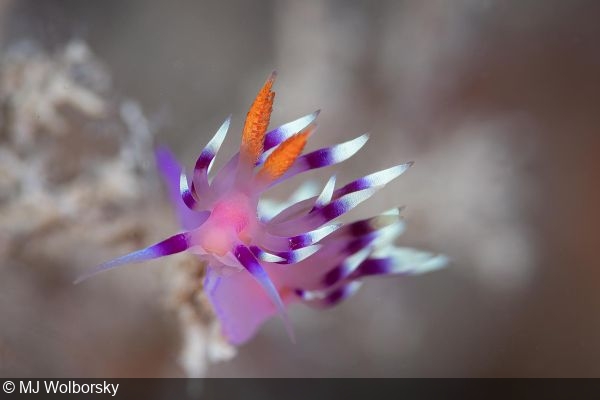
Adhering to the laws of best-laid plans, the results were mixed, with pleasant surprises outweighing disappointments. We dove the bridge’s western side twice, and while we didn’t see as rich an array of critters as Blue Heron Bridge, the site was terrific. The areas close to shore were rich with colorful sponges, hydroids, and corals of many types. We found some beautiful aeolid nudibranchs, numerous flatworms, and many blennies. One of our group members said she saw a saltwater crocodile in a reef crevice—they are known in Palau—but alas did not get any photos. (Sure, “No photo, no see,” but she is a reliable source and war/sea stories only have to be 10% true to be considered completely so!)

The bridge requires careful planning. We dove it around the date of a full moon, so tide changes were large, at more than six feet. The channel itself is a bottleneck and this causes both flow disruption and an increase in current intensity akin to the Venturi effect. We made sure to splash slightly before slack tide, which gave us about 1.5 hours of diveable conditions. We needed to plan entry and exit carefully because the currents were ripping right up to the slack. The old, collapsed bridge is a significant underwater landmark and serves as a current break on the lee side, but the roadbed was tough to explore even during the calmest conditions. The site slopes quickly to 100 feet or more, and we confined our dives to 65 feet and shallower. On future trips, I’d definitely do the bridge again, and also explore the eastern side, as well as a bit deeper.
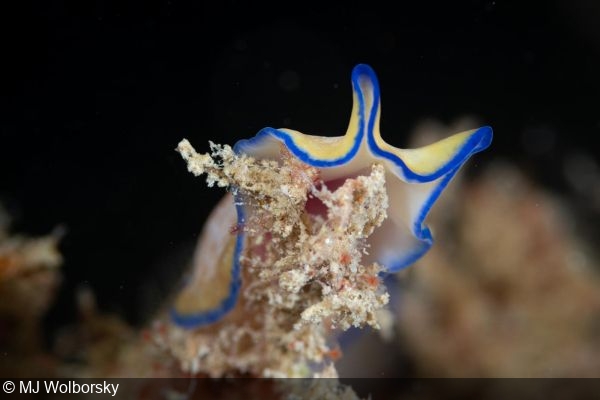
Our hunt for sites like those in Indonesia and the Philippines wasn’t quite as successful. I chose a few spots around Koror because my experience with the outer Rock Islands is they are largely coral vs. muck. While we didn’t discover Lembeh-like sea life on these dives, we did find some nudibranchs and other invertebrates in the non-mucky areas. Hence, a wider search may yield better results. One disappointment was we didn’t find any Avrainvillea leaves, the habitat for Costasiella sea slugs, aka “sheep nudis.” (I know they are not technically nudibranchs, but it’s an easy way to explain them to laypeople.) Moving forward, the local team will look for sites with large amounts of seagrass and other algae, for follow-on exploration.
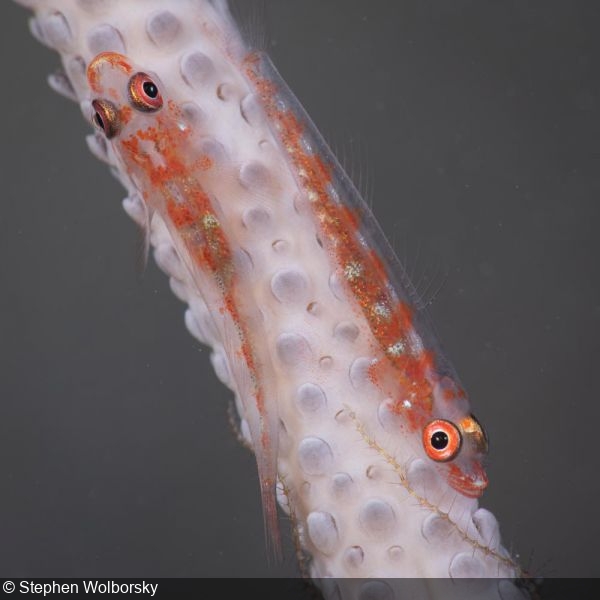
We did one foray to the outer Rock Islands to check out the macro habitat. I picked the Ngerchong (pronounced na-rong) Inner site for this, and we agreed on Whale Island for the second site. The latter was uneventful, but Ngerchong did produce a great find, a black bearded goby in one of the spiky Acropora corals strewn about the site’s shallow slopes. We saw more of these tiny and elusive fish in other corals. One reason why these outer sites are perhaps not as good for macro is actually a great attribute—they are pristine and relatively free of detritus.
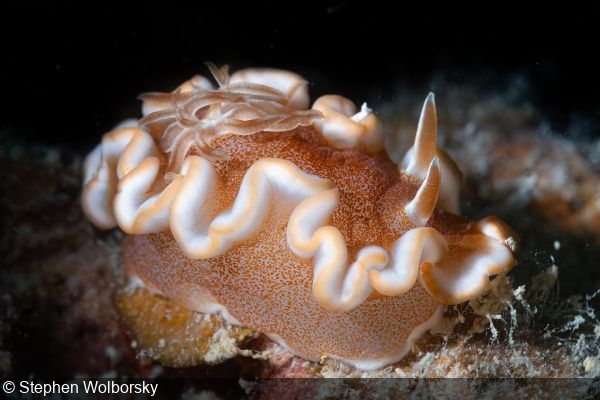
Conversely, we got to be muck mavens right by home base—the docks at the current and former Fish ’n Fins sites. These sites manifest muck in all its gooey glory, with trash and other waste forming an organic matter stew. The sites are shallow and easily accessed from the dock or parked boat. We dove these more than any other sites, and they proved fruitful. Off their current dock, I found a juvenile harlequin sweetlips, a whirling demon of a fish. We also found filefish and—the coup de grâce—mandarinfish, at multiple locations. One late afternoon, as it neared dusk, I saw several of these beauties out and about. They were obviously headed to their nightly hookups, a glorious event where males and females link together in a fleeting, vertical bomb burst. I got shots of individuals but, sadly, couldn’t find the party.
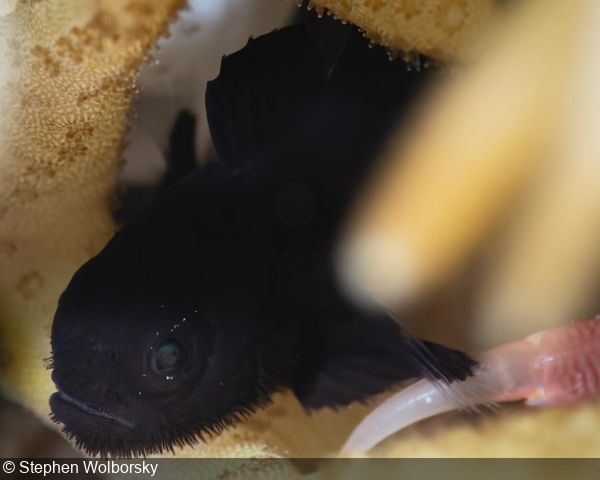
The dock at the shop’s previous site in Koror is a five-minute boat ride from the current location. Our boat driver suggested the site and told us it bore the ironic name “Brown Corner.” I thought he was joking until I read in the Palau Diving and Snorkeling Guide that “famous National Geographic underwater photographer David Doubilet and his friend James Watt” had so named it in 1996. Brown Corner didn’t disappoint, either in nomenclature or finds. It is probably the single muckiest site I’ve ever dived, but had areas of surprisingly healthy staghorn corals. In one small patch, MJ found a couple of yellow Okinawa gobies. We also found a large crocodile flathead, juvenile harlequin sweetlips, and several mandarinfish.
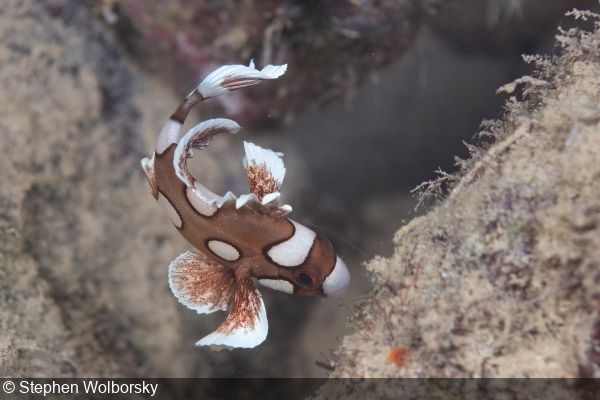
Our last set of target sites were two of Palau’s wrecks. Many of the wreck sites are a short boat ride from Koror. We dove the Hafa Adai for a couple of night dives and the Teshio Maru for a day dive. The Hafa Adai (the standard greeting in Guam’s Chamorro language, like “aloha” in Hawaii) is an easy wreck to access and is loaded with sea fans, soft corals, and coral whips. The bottom around the wreck was also target rich with crabs, shrimp, nudis, and other supermacro subjects.
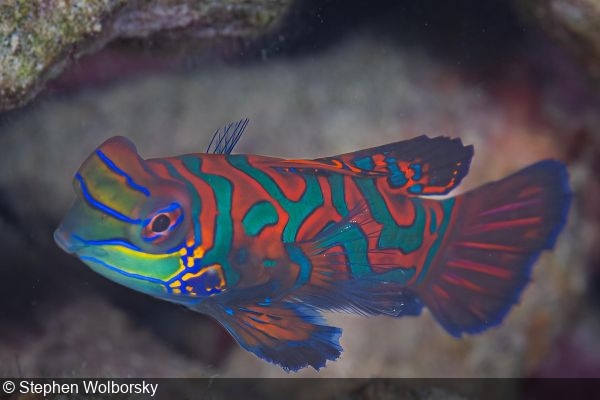
The Teshio Maru sits in an open area west of Babeldaob and Koror. It has many nudis, the beautiful Caloria indica being particularly ubiquitous. Also of note, I found a small Acropora coral on one of the ship’s platforms and, inside, a tiny yellow figure with brown markings darting around, possibly a panda goby (Paragobiodon lacunicolus)—if so, a great find. I showed our guide so he can look for it on his next dive there. As I was low on air and bottom time, I had to ascend before I could wait to get an image. I know… “No photo, no see”—again.
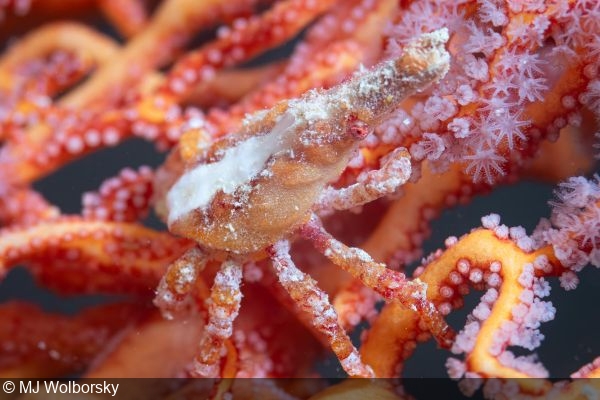
So, bottom line, we had a fun and fruitful trip where we saw a side of Palau most divers miss. The Friendship Bridge, wrecks, and muck sites were well worth the investment. If you’re not a macro madman like me, these sites offer easy dives to end each day with a change of pace from the outer atoll adrenaline rush. We certainly look forward to building on our foundation on future visits. Many thanks to Tova, team leader Udi, ace guide Ogie, boat captain Troy, and the Fish ‘n Fins family for their kind support and efforts. Paraphrasing a certain large man: “We’ll be back!”
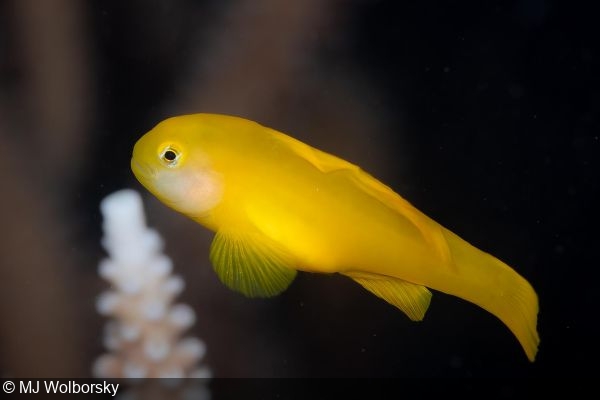
About the Author Steve Wolborsky
Steven has lived in the US territory of Guam since 2004. A retired member of both the US military and civil service, Steve learned to dive shortly after arriving on the island. Thousands of dives and 30-plus dive trips later, he is passionate about the ocean, diving, and all things underwater photography.
Steve and his wife MJ both shoot with Nikon D850s and they specialize in macro/supermacro. Their favorite locations for the small stuff are Lembeh in Indonesia as well as Anilao, Dauin, and Puerto Galera in the Philippines—and, of course, Guam.
Connect with Stephen on Facebook
